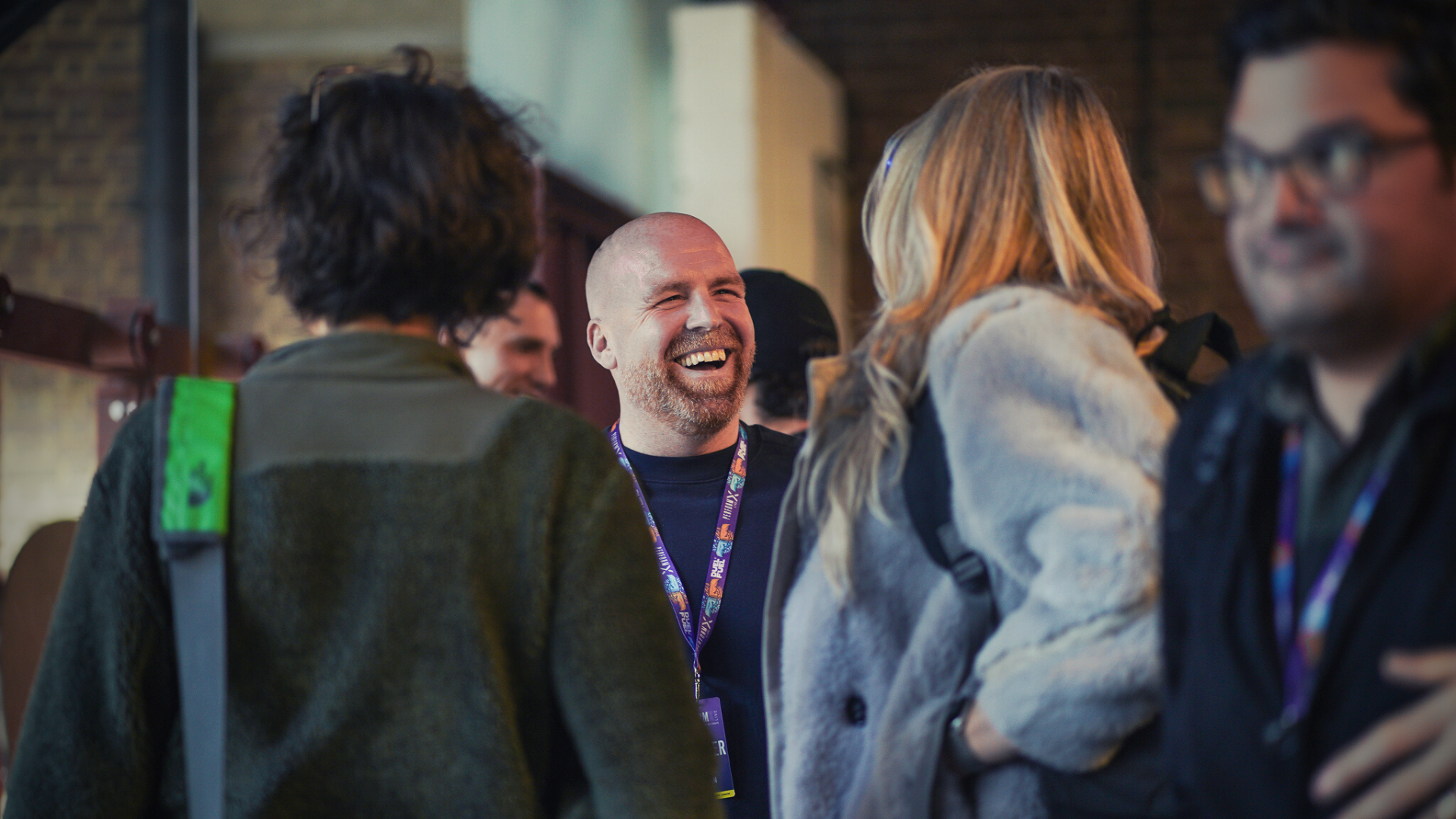We’ve recently overhauled the Foundry brand, and are in the throes of creating our marketing strategy for the coming months. A key question we’ve been discussing: in such a crowded market, what’s the best way to make real connections with clients that cut through the noise?
The marketing ‘ecosystem’
Where once upon a time we may have relied on one channel to bring us the majority of our leads, industry instability means that we need to spread our marketing over more channels.
For example: the ‘Metaverse’ can’t be our one and only primary marketing avenue. Yes, it still “works” and yields results (varying in different locations), but it’s not the marketing Mecca that it used to be. It’s still very volatile – and we can expect it to become increasingly so.
We need to venture into new channels to give us a wider and more secure base. We need to ask ourselves: if our ‘primary’ marketing channel ceased to exist tomorrow, would we have our fingers in enough other pies to keep a stream of leads without too much disruption to the business?
If the answer is no, we’ve got work to do.
We’ll also find that having many channels working simultaneously will create a sum result bigger than its parts: your prospects will see our branding on Facebook, on Google, and when they’re walking down the street, giving them multiple exposures to our messaging that will drive awareness, credibility and trust.
The agile approach
As well as having a wider spread for our marketing efforts, we also need to be more agile in our approach. The ability to respond quickly and decisively to changes in the market environment is crucial if we want to stay a step ahead of the competition and react to new services or products that crop up.
For example, if our local big box decides to go down the SGPT route and hits Facebook Ads hard, what do we have in our strategy toolbox to meet their campaign and differentiate ourselves effectively?
We also need to be in a situation where we can turn on (and off) different taps. Facebook not firing? Move budget to Google. Google not yielding results? Try Facebook. Neither working? Leverage the local network that we’ve built. None of the above flying and need a quick bump? Use a tactic like a competition, referral incentive or aggressive lapsed campaign.
Relationship and reputation
If there’s one thing that’s become increasingly important post-pandemic, it’s reputation. Our clients are more discerning then they’ve ever been – more conscious of health risks, 360-degree wellness and longevity, and the overall credibility of their service provider.
We can leverage this by strengthening our relationships in the community, becoming ‘famous’ in the local area.
This often means working hard on our ‘retro’ game – billboards, leaflets, and advertorial. It means making partnerships with local businesses. It means making corporate connections, delivering ‘lunch and learns’, and attending chamber of commerce meetings. It means showing up at events: wellness fares, 10k warm-ups, and hosting on-site events like body composition workshops. It also means having some ‘guerilla’ marketing strategies in our back pockets: how can we create a stir locally? How can we stand out from the crowd and draw the attention of the community?
Current connections
Beside these external channels, we also need to be making the most of our existing contacts. Struggling to hit our target for the quarter? Consider a lapsed campaign offering a free trial to everyone that’s ever been a member of the gym (for example). Review the referral system – are we maximising all our opportunities to get trialists and members to bring a friend or family member aboard? Easy to overlook, these internal channels can represent some of the best ROI.
Awareness vs direct sales
A lot of these awareness and reputation strategies will give us a less straightforward return on your investment than a direct sales approach. Unlike a paid Facebook ad, which gives us a clear cost per conversion, we won’t be able to track the money you put in root to branch. Instead, we may need to take a broader spread of metrics to match the particular channel – and potentially work on a longer cycle, too.
Leaflet drops, for example, aren’t going to give us an immediate and precisely measurable influx of leads. But we may see a gradual increase in walk-ins, or phone-in enquiries, over the course of a leaflet campaign consisting of fortnightly drops for six weeks.
Long story short: as the market changes, so does marketing. We need to roll with the punches and stay sensitive to shifts in consumer and competitor behaviour to get the results we want.
Sign up to my weekly newsletter to get exclusive JCV insights straight into your inbox every week.
